At one time, the religion of Christianity had a different cross as their symbol, than the one used today and over the last 1500-1800 years. The original true cross that the Fathers of the Church had considered a symbol of our Saviour’s cross was the letter Tau, who St. Jerome had declared that the ancient Hebrews before Esdias formed the Tau like a cross, and who Saint Bede had said was “the sign of salvation and of the cross.” The Tau is the 19th letter of the Greek alphabet which is modeled after the Phoenicians who had represented the Tau with the Phoenician letter taw ‘X.’
The same Origen, and Jerom, writing on Ezekiel ix. where it is said, that the angel stamped a Tau on the forehead of those who were to be preserved out of the hands of the destroying angel, observe that in the time of Ezekiel, and before the captivity of Babylon, the Tau of the Hebrews had the shape of a cross [x]; and this appears from the Samaritan medals, and from the ancient Samaritan alphabet.(1)
In the Old Testament, this was represented as the serpent on the Tau, or cross.
The cross we see today is different and is based on the Greek [theta which is the eighth letter of the Greek alphabet. If you rearrange “theta” and take a letter t out and add the letter d, you can spell death. This makes sense since the English language was derived from the Greeks.
The [theta represents the value of 9
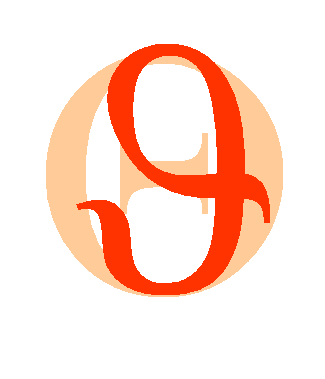 The Greek [theta also represents the Son of Man hanging on the cross and is considered the symbol of death. Hence, Jesus was crucified at age 33 on April 3, 33 AD.
The Greek [theta also represents the Son of Man hanging on the cross and is considered the symbol of death. Hence, Jesus was crucified at age 33 on April 3, 33 AD.
DOUBLE HEADED AXE OF THE GODDESS
The original symbolism of the [theta in the form of the cross had originated with the ancient Cretans (Curetes, Cappadocians, Curia) who had often depicted the [theta in the form of a doubled headed axe. Hence, the cross we see today would be a toned down version of the original battle axe cross of the Cretans. This image below is from the island of Crete during the so called Minoan era.
These double-headed axes had been found in the 19th century all over the the palace of Knossos, Crete by Sir Arthur Evans who had dubbed an area here “the hall of the double axe.” In Minoan Crete, the double axe (labrys) had a special significance, used by women priests in religious ceremonies. And the symbol refers to deification ceremonies; part of the leaping over the bull symbol also found at Crete; whereby aspirant becomes able to speak as a God to create any reality(Wikipedia) Notice this artists depiction below of this palace with the axes, which clearly resemble the Christian cross we see today and that is also displayed exactly in the same manner.
It is the double-headed axe of the goddess which can be found on seals and art from Crete. Please notice the image of the war goddess below with her axes and priesthood of the Curetes, who of which she placed in charge after she hid the infant Zeus in a cave on Mount Ida on the same island of Crete. The Curetes would later become the Roman Curia.
The medals and seals of the double-headed axe of the goddess were prescribed to the Kings of Caria and found all over the Island of Tenedos.
This image below is from Crete and is of a religious depiction of the ceremony involved with the war goddess who is also known as the snake or serpent goddess, in what looks like one of the first uses of the goddess and cross in the same ceremony. Hence, The power of the serpent of Egypt was broken on the cross – Justin Martyr.
SUPPORTING RESEARCH
In Crete, the symbol of the double-axe always accompanies goddesses, and it seems that it was the symbol of the beginning (arche) of the creation. The word labyrinth, which the Greeks used for the palace of Knossos is derived from “labrys”. Plutarch relates the word labrys with a Lydian word for axe: (Λυδοὶ γάρ ‘λάβρυν’ τὸν πέλεκυν ὀνομάζουσι). Labrys (λάβρυς in Greek, lábrys) is the term for a symmetric doubleheaded axe originally from Crete in Greece, one of the oldest symbols of Greek civilization; to the Romans, it was known as a bipennis. It seems that the goddess of the double-axe presided over the Minoan palaces, and especially over the palace of Knossos. A Linear B inscription on tablet Gg702 found in Knossos, was interpreted “da-pu-ri-to-jo po-ti-ni-ja= labynthoio potnoiai” ( to the Mistress of the labyrinth), and she was undoubtedly the goddess of the palace.(Wikipedia)
CONCLUSION:
This double headed axe or Greek theta symbol of death that we know today as the Christian cross was instituted in the 4th century under Roman Emperor Constantine in a time of war. Defense of the church and war was sanctioned by Church Fathers such as St. Augustine who had said, “Defense of one’s self or others could be a necessity, especially when authorized by a legitimate authority.” He also tells us that the image of Christ and his Cross was the new ensign of Christian Warfare that the Romans had carried before them; being the Ensign or Profession of their Warfare.
This time of war is key in understanding the symbolism of the meaning of the cross which I had detailed in my last article where I had explained that the true cross of salvation of the Old Testament and the Christian cross of warfare of the New Testament were two completely different symbols, that simply have two very different meanings. It is not evil, it is just the proper symbol to signify the reality of the truth they bring in which Jesus had clearly said, “I come not to bring peace, but to bring a sword.” (Matthew 10:34)
The reason for this change is symbolism is to represent the time of this Age in which Jesus Christ the Jew had been crucified by the Romans to begin the narrative of our Christian history. A time of war. A time of death. An Age in which the church would ride the black horse down through the centuries. Hence, the Roman Curia who judge and weigh mankind with the scales of justice which they control and the double headed axe of war that is symbolized in the current Christian cross.
SOURCES:
1. Calmet’s dictionary of the Holy Bible: with the Biblical fragments, Volume 3 By Augustin Calmet, Charles Taylor

Moe is the founder of GnosticWarrior.com. He is a father, husband, author, martial arts black belt, and an expert in Gnosticism, the occult, and esotericism.

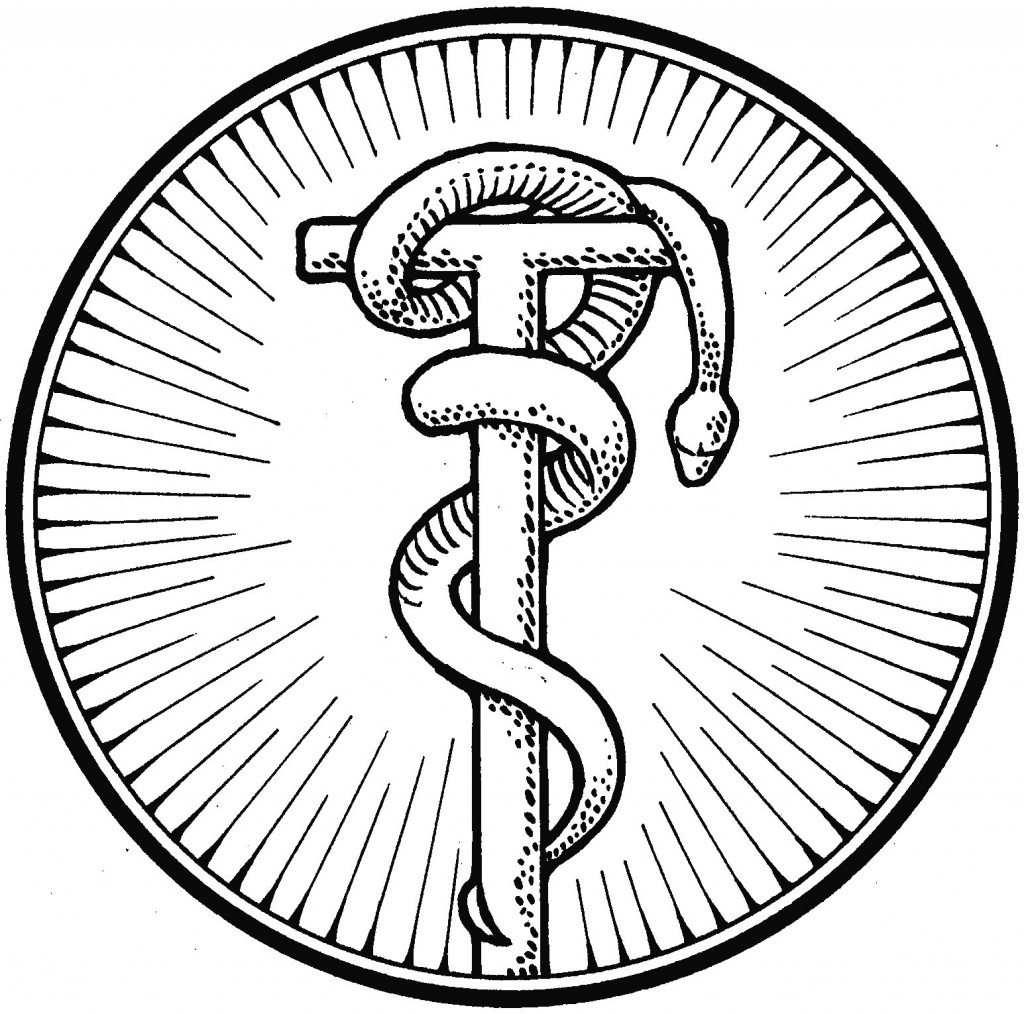
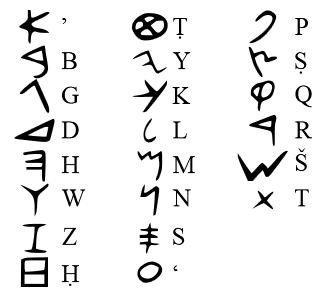
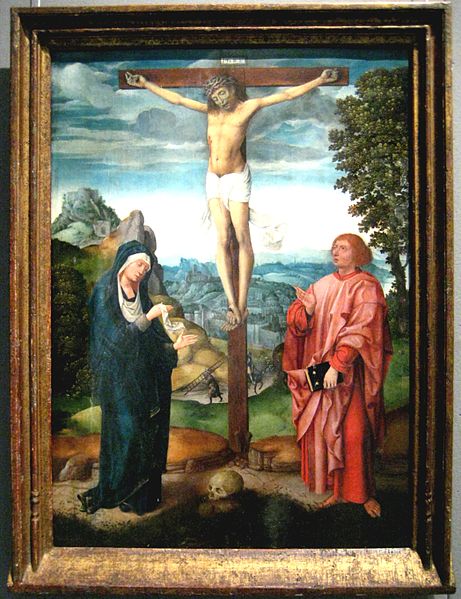
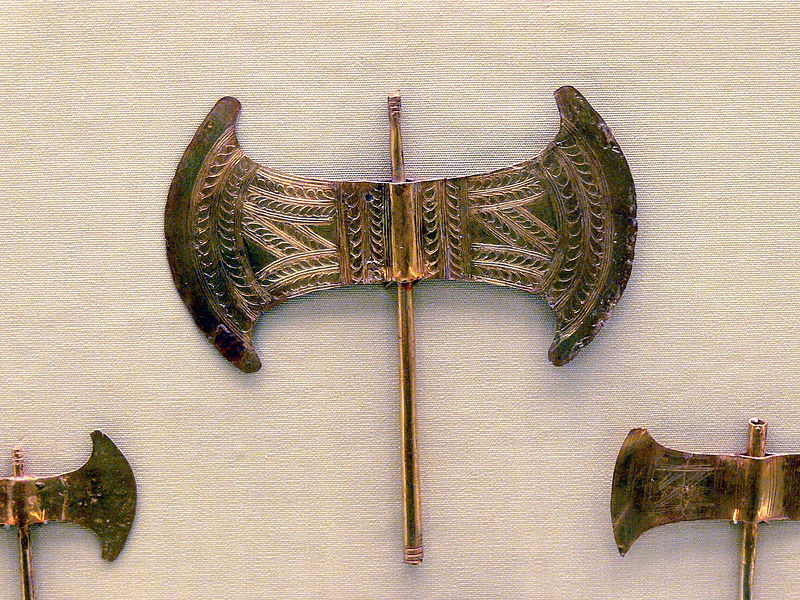
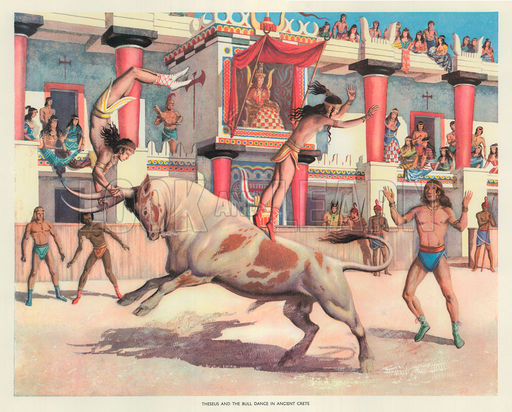
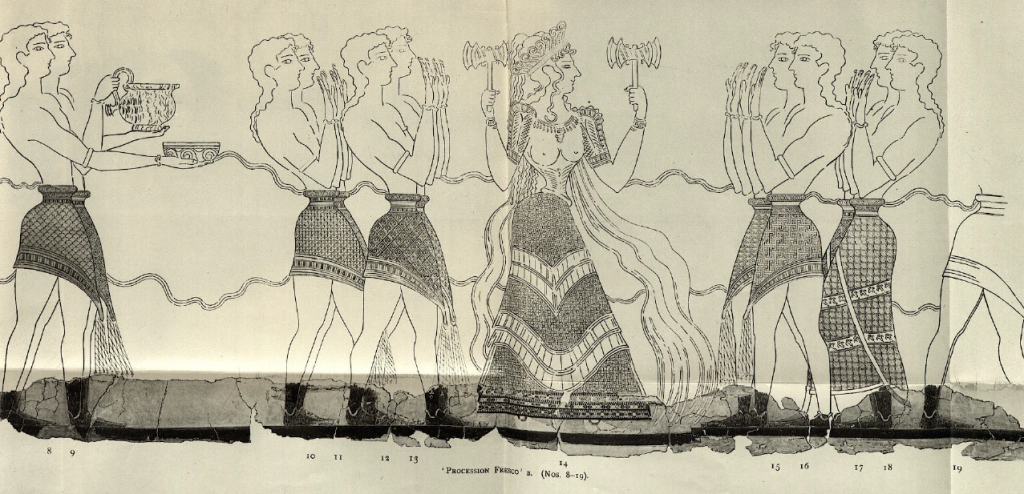
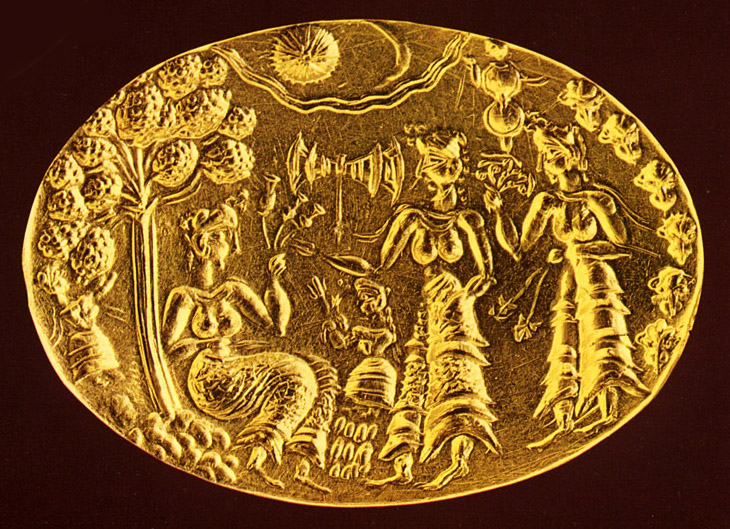
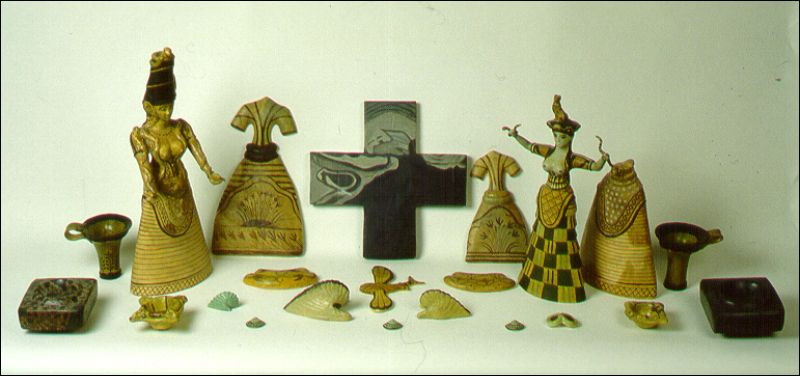
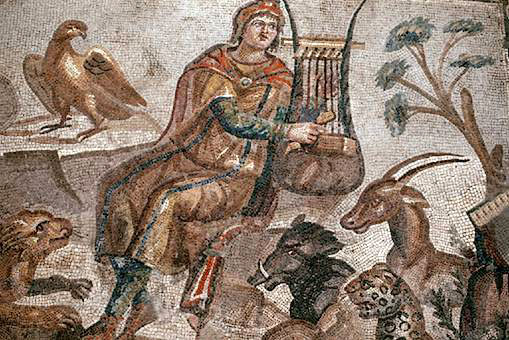
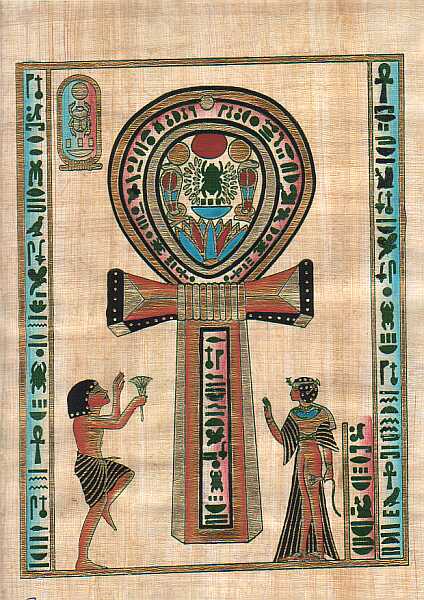

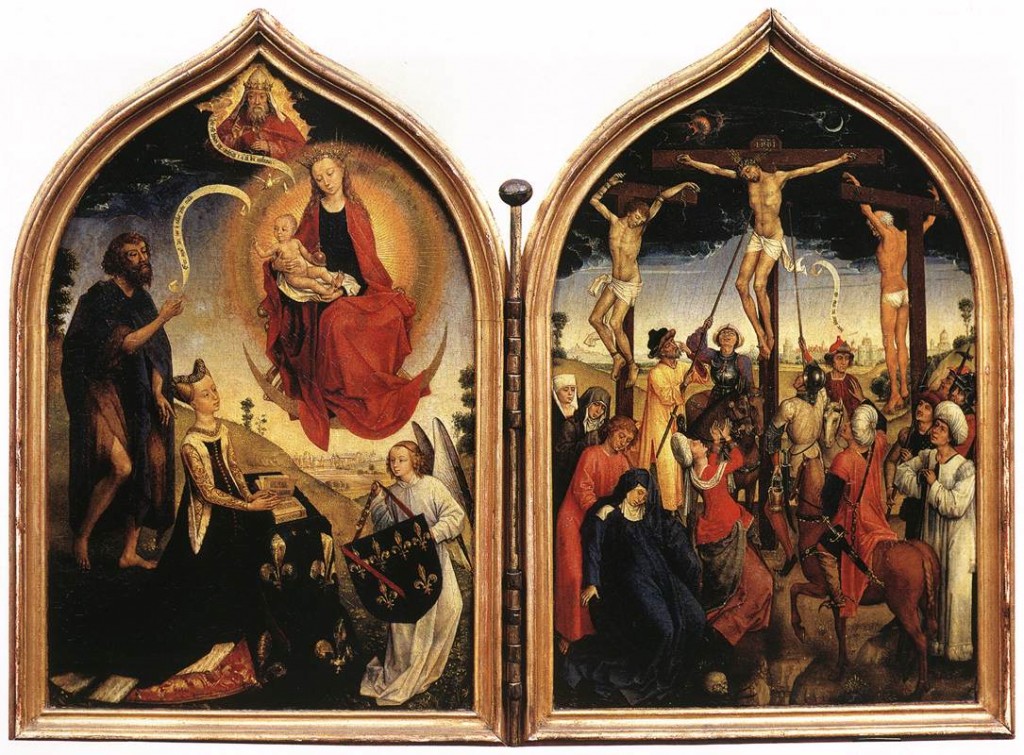

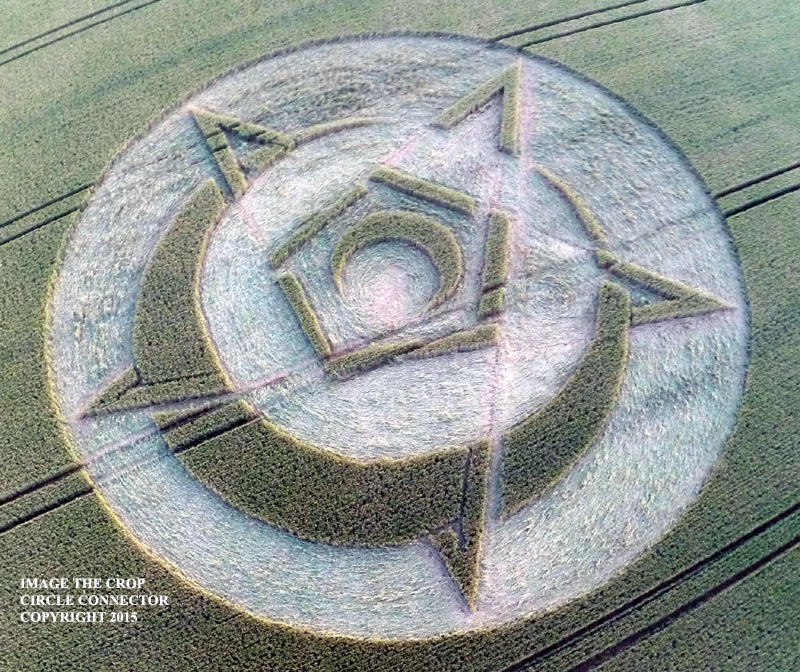
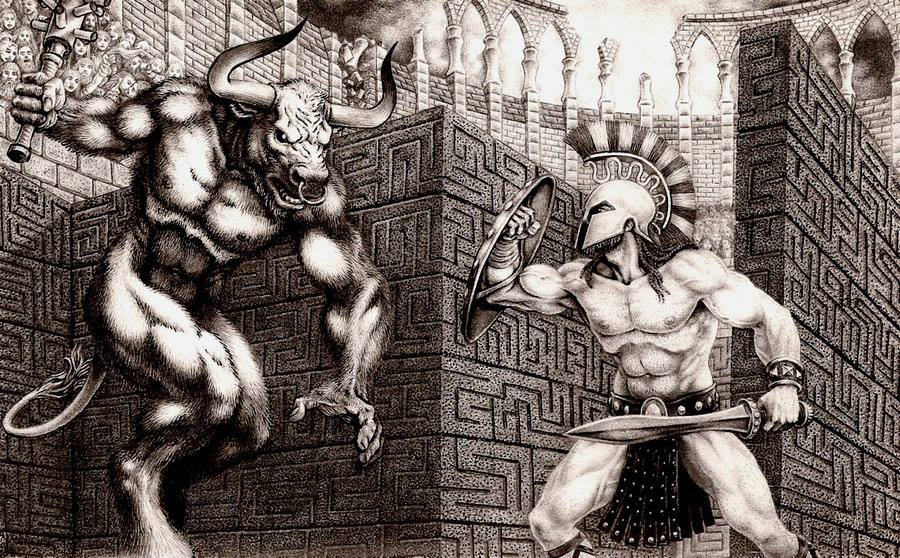
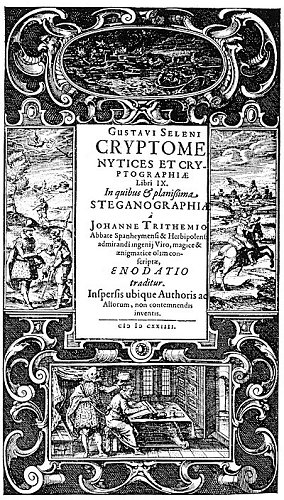
Once again…great article. Those old guys really spent a lot of time figuring out ways to legalize war and pump up their people. I have imagined the crusades when first arriving in a new land caring a cross with a dead guy on it. Why not just carry sticks with heads on them? Some day the true Christian story will be told and it will not be pretty.